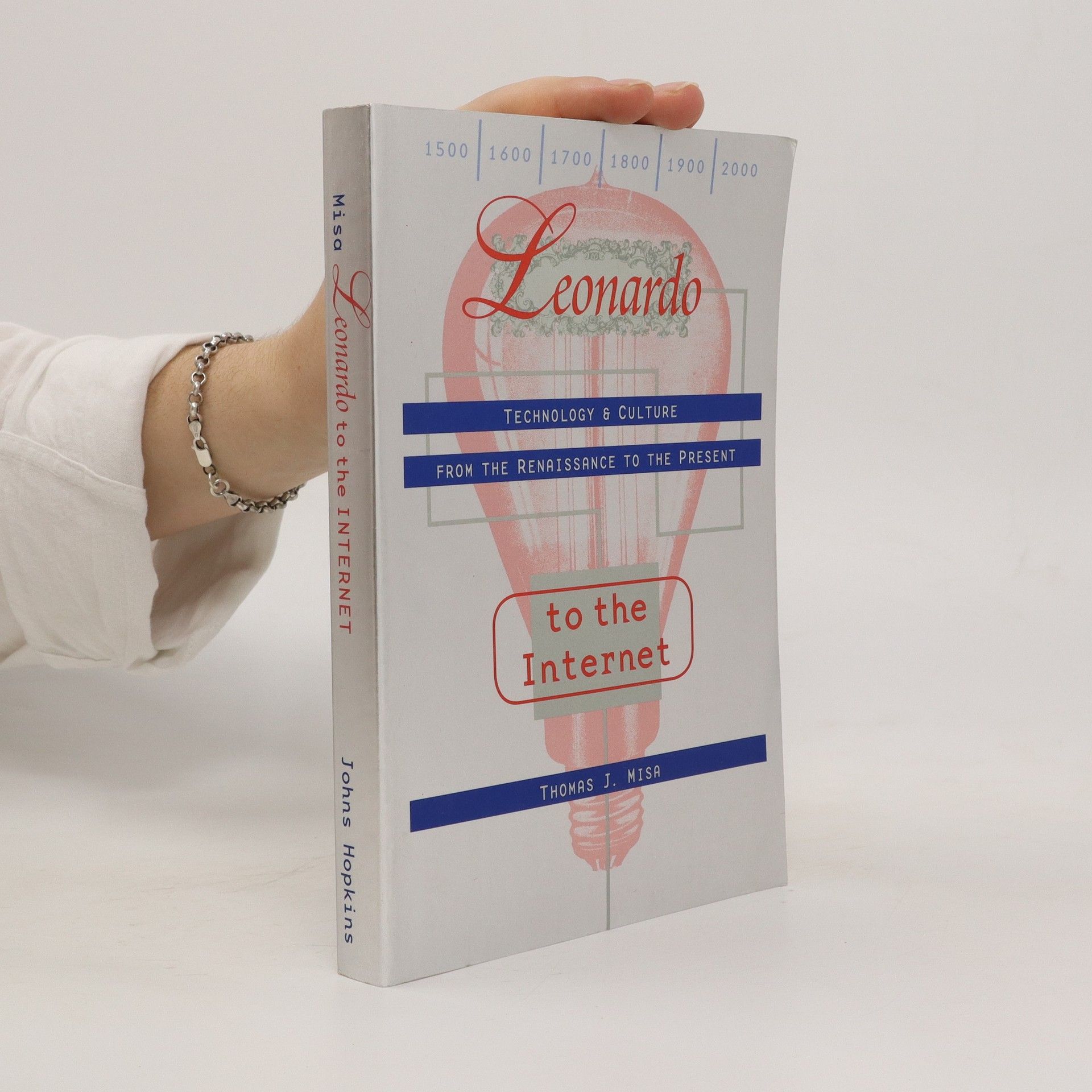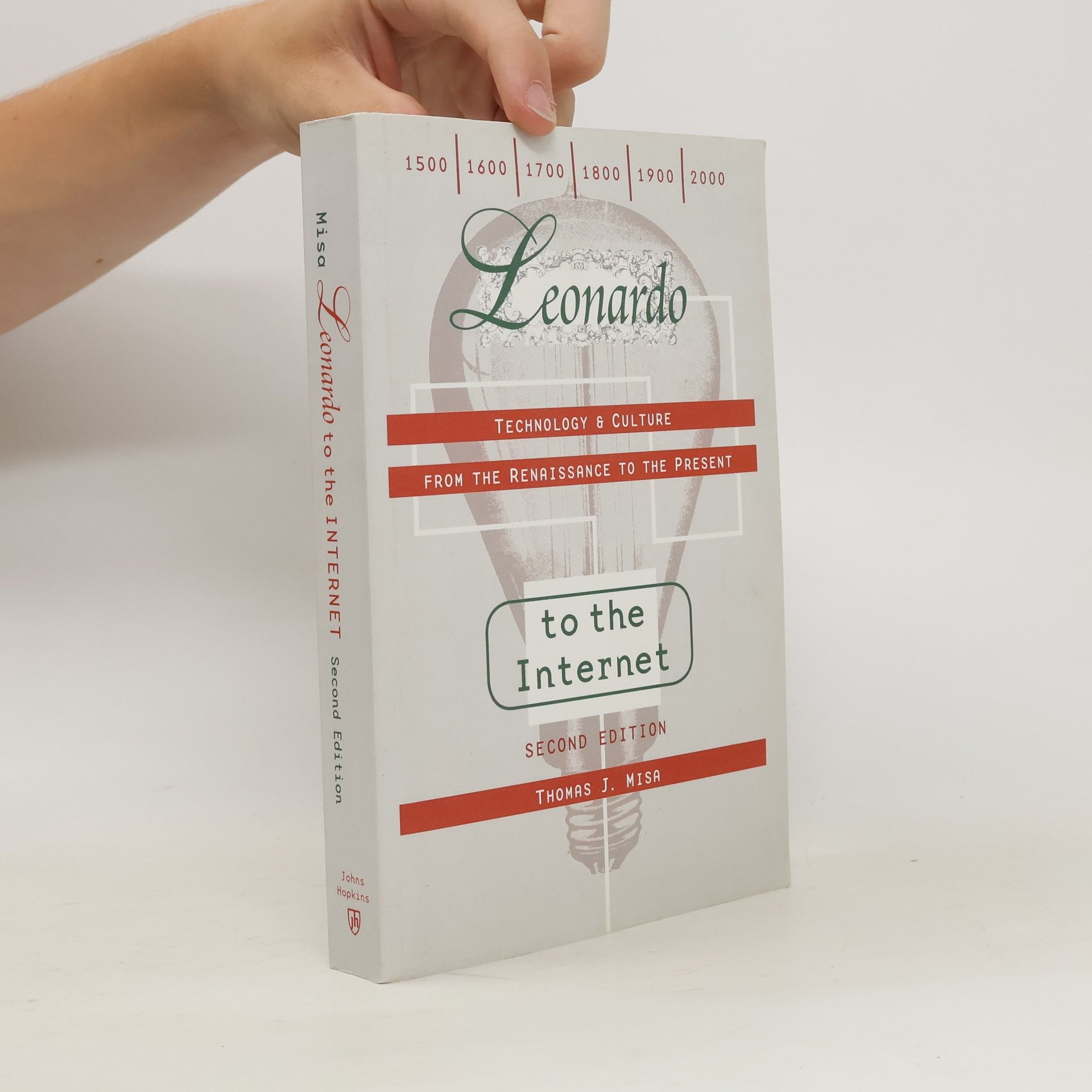Historian Thomas J. Misa’s sweeping history of the relationship between technology and society over the past 500 years reveals how technological innovations have shaped—and have been shaped by—the cultures in which they arose. Spanning the preindustrial past, the age of scientific, political, and industrial revolutions, as well as the more recent eras of imperialism, modernism, and global security, this compelling work evaluates what Misa calls “the question of technology.” Misa brings his acclaimed text up to date by examining how today's unsustainable energy systems, insecure information networks, and vulnerable global shipping have helped foster geopolitical risks and instability. A masterful analysis of how technology and culture have influenced each other over five centuries, Leonardo to the Internet frames a history that illuminates modern-day problems and prospects faced by our technology-dependent world
Thomas J. Misa Bücher


Leonardo to the Internet. Technology & Culture from the Renaissance to the Present
- 312 Seiten
- 11 Lesestunden
The image of the lone inventor transforming society captivates the public, but technologies are actually products of complex social and cultural processes. Historian Thomas J. Misa offers a comprehensive history of the interplay between technology and society since the Renaissance, illustrating how innovations are shaped by their cultural contexts and, conversely, how they influence those cultures. Through engaging case studies, Misa explores the contributions of figures like Johann Gutenberg and Leonardo da Vinci, as well as the evolution of beer brewing in industrial London and the late twentieth-century telecommunications revolution. Misa's narrative spans eight thematic chapters, starting from the Renaissance court system in Western Europe and its intersection with technology, to Holland's commercial expansion and Britain's industrial revolution. He examines the connections between technology, imperialism, and trade in the nineteenth century, and the application of scientific advancements in industry during the early twentieth century in Germany and the U.S. The analysis progresses to the impact of mass-produced consumer goods on daily life, the rise of the military-industrial complex during World War II, and the technological innovations of the Cold War. Misa concludes with a thought-provoking essay on contemporary technological choices and their implications for the future society we envision. This masterful work pro